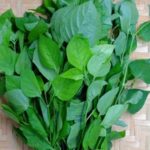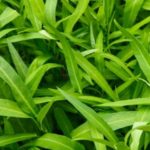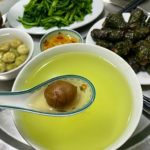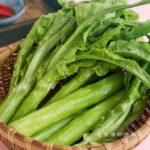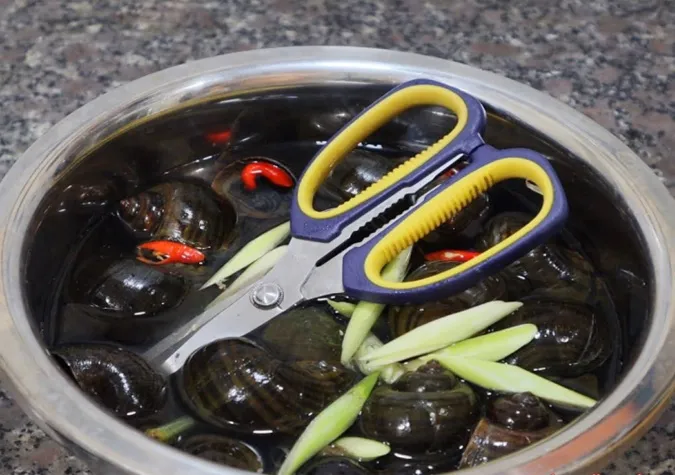Water spinach is a familiar food for many families. However, not everyone knows how to distinguish between clean and dirty water spinach. The following article will guide you on how to identify clean and dirty water spinach in the simplest way.
How to identify clean and dirty water spinach
Differentiate clean water spinach through the finished product after processing
According to information from Lao Dong Newspaper, water spinach contains stimulating substances when processed, usually has a bitter taste and a dark smell. On the contrary, clean water spinach is very green, crunchy, fresh and natural. In addition, some housewives also suggest how to distinguish clean water spinach from water spinach with chemicals through boiling water.
If the water contains a lot of protein, the water usually turns black, even though you squeeze lemon, it is still difficult to turn green like clean vegetables.
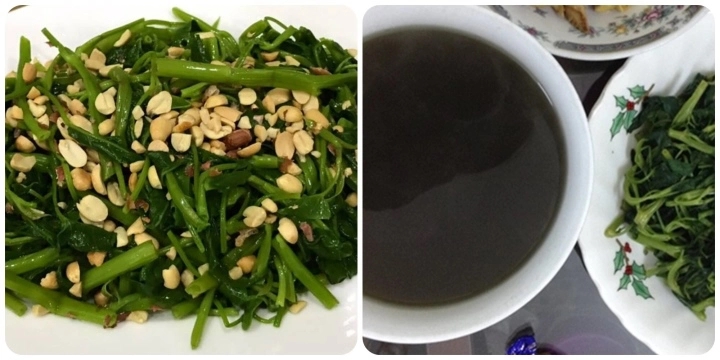
Identify by taste and smell
Water spinach contaminated with lead tastes bitter, not sweet, and has a slightly dark smell. On the other hand, water spinach usually tastes sweet and cool, and the boiled water is clear.
Identify through the external shape
If sprayed with too many chemicals, water spinach usually has a larger stem than normal, black leaves, and crispy. This type of vegetable is very easy to break. When you break the stem, there is usually no or very little sap oozing out.
In the morning, when buying vegetables, you can see that they are still very fresh and eye-catching, but by evening, they have turned yellow. Moreover, they can be rotten and inedible.
Identify through color
When buying any type of vegetables, we all want to choose a bundle of fresh, tender, green vegetables. When buying water spinach, remember not to choose vegetables with dark green leaves. Bunches of vegetables with dark green leaves are likely to have absorbed too many heavy metals, including lead.
If water spinach is contaminated with lead, they usually have a larger body and have many bubbles when rinsed.
How to choose delicious and safe water spinach
Small, slightly stiff stems, when the stem is broken, it has sap and is still fresh and green. Do not choose withered vegetables, which may have been picked from the day before or left for a long time.
When washing vegetables, wash them under running water to remove dirt and chemicals.
Above are the ways to identify clean and dirty water spinach. Apply them right away.
According to vtc.vn
Choosing Chemical-Free Morning Glory Vegetables for a Clean Diet
Are you looking for ways to include morning glory in your diet in a safe and healthy way? Here’s how to pick morning glory that is free of chemicals and full of essential minerals, fiber, iron, and vitamins.
























